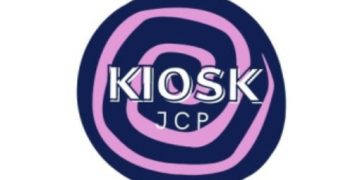Using Finance management software is a great way to track your inventory and accounting information. This helps you minimize errors and increase the performance of your business both in the short and long term.
Accounting software
Using accounting software for finance management can streamline day-to-day operations, providing business owners and leaders with insight into financial health. Some software programs also include features for projecting future financial performance. These can help a business identify past-due receivables, make cash decisions, and reduce tax liabilities.
With cloud-based accounting software, transactions are automatically posted to the general ledger. This ensures that the business’s financial records are accurate. The best applications will suggest matches between bank transactions and the accounting software, saving hours of manual work. In addition, the software will have a real-time bank-feed feature to speed up reconciliation.
Depending on the type of software you choose, it will have a monthly or annual subscription fee. Some programs will cost $4.99 a month for a starter plan. You can upgrade to a more advanced plan if you need advanced reporting or recurring credit card charges.
Financial management software can also be used to ensure that you are in compliance with government regulations and tax codes. It can eliminate the need to collect data from other departments.
Inventory tracking capabilities
Whether you run a small business or an enterprise-level corporation, you need an inventory tracking system to maintain a stock of your products and materials. These systems provide real-time data, accurate sales forecasting and other features to help improve your financial planning and customer experience.
Most SaaS inventory tracking solutions are cloud-based. This allows businesses to share inventory between locations, which saves costs, streamlines business processes and reduces delivery times.
Most systems include artificial intelligence, which improves order management, inventory control practices and predictive analytics. They also make use of data to determine the most popular items and optimize order times. This helps companies increase revenue and reduce overhead costs.
Other features to look for in an inventory tracking solution are automatic replenishment, which ensures that your customers will get their orders as soon as possible. These systems can also send automated tracking updates directly to your customers.
In addition to real-time inventory tracking, these tools can eliminate errors and theft, which can cost you money. They also help you improve production line efficiency.
Improves long-term and short-term business performance
Using a financial management solution is a great way to get meaningful insights into an organization’s operational performance. These solutions can also help a company to better plan for future growth and achieve financial strength.
For example, an expense management program can be implemented to record accurate financial transactions and monitor spending. Additionally, a cash management system can be used to track credit card statements and bank statements. By automating tasks such as these, companies can reduce expenses and save time.
A financial management system should be able to produce useful metrics for a number of important business functions, including identifying and assessing trends, generating reports, and mapping employee duties to the appropriate projects. It should also be able to protect critical data from criminal mischief. A good system should be able to do all this while being easy to use and understand.
A modern finance management system should be able to do all of the above in a manner that is both scalable and flexible. For instance, an expense management program should be able to integrate with banking systems, shorten invoicing cycles, and allow for easy mapping of expenses to project requirements.




















































